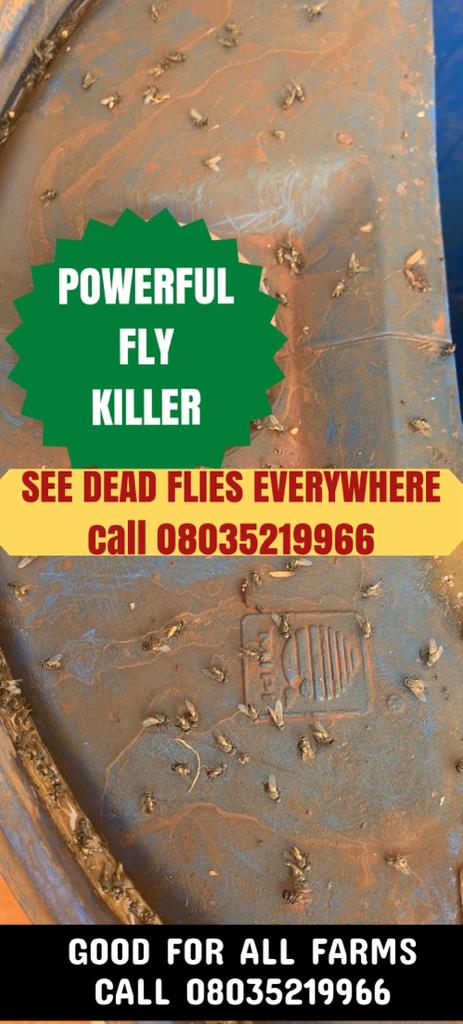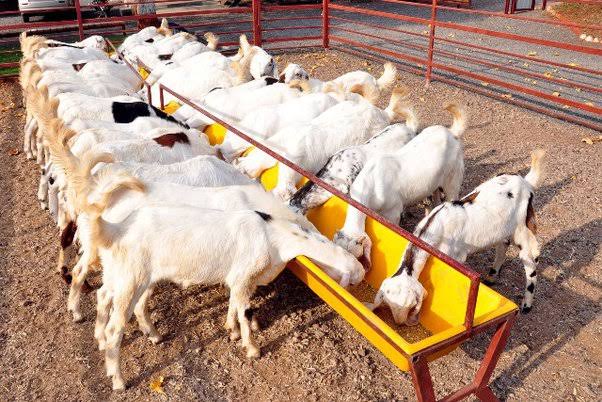🔥E- book offer of the day: 👉👉 Poultry farming business report Volume 6
13 strategic ways to handle the rising costs of inputs in your ruminants farm
1. **Forage Management:** Optimize forage production and grazing practices to reduce dependency on expensive external feed sources. Implement rotational grazing systems for better pasture management.
 Learn More
Learn More2. **Feed Efficiency:** Formulate cost-effective and nutritionally balanced diets for ruminants. Explore alternative feed ingredients and supplements without compromising on quality.
3. **Bulk Purchasing:** Negotiate bulk discounts with feed suppliers and other input providers to lower overall costs. Joining purchasing cooperatives with neighboring farmers can enhance bargaining power.
4. **Genetic Selection:** Invest in ruminant breeds known for efficient feed conversion and resilience to varying environmental conditions. Selecting animals with desirable traits can contribute to cost-effective farming.
5. **Water Management:** Implement efficient water systems to reduce water-related costs. Ensure adequate and clean water supply for the well-being of the ruminants.
6. **Integrated Pest Management:** Develop strategies for pest control, focusing on integrated pest management techniques to minimize the need for costly chemical interventions.
Seize the opportunity and purchase this insightful ebook. 👉👉 Poultry farming business report Volume 7
7. **Technology Integration:** Embrace technology for precision farming, such as automated feeding systems and health monitoring tools. These technologies can enhance operational efficiency and reduce labor costs.
READ ALSO 15 Elements of sheep and goats farming success at your fingertips
8. **Energy-Saving Practices:** Implement energy-efficient practices, such as using solar power for water pumps or investing in energy-efficient equipment, to reduce electricity costs on the farm.

9. **Disease Prevention:** Prioritize biosecurity measures to prevent diseases, reducing the need for costly treatments and potential losses in the ruminant herd.
10. **Manure Management:** Efficiently manage manure to capitalize on its value as fertilizer, reducing the need for external fertilizers and promoting a sustainable farming model.
11. **Government Support Programs:** Explore available government subsidies, grants, or support programs aimed at assisting farmers facing financial challenges due to rising input costs.
READ ALSO Start to finish goats production with full details
12. **Continuous Education:** Stay informed about the latest advancements in ruminant farming, management practices, and innovations through workshops, seminars, and online resources.
Don’t wait – buy this captivating ebook right away.👉👉 Poultry farming business report Volume 5
13. **Market Diversification:** Explore diverse markets for ruminant products, such as direct sales to consumers or niche markets, to create additional income streams and buffer against input cost fluctuations.
ATTENTION: Click “HERE” to join our WhatsApp group and receive More updates directly on your WhatsApp!
Implementing a combination of these strategic approaches can help ruminant farmers navigate the challenges posed by the increasing costs of inputs while maintaining a sustainable and profitable operation.
🧩CREATED DR JOSEPH DEJI-FOLUTILE















